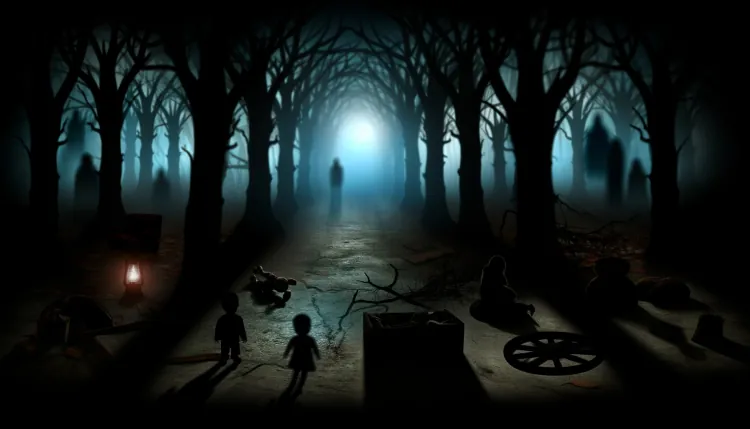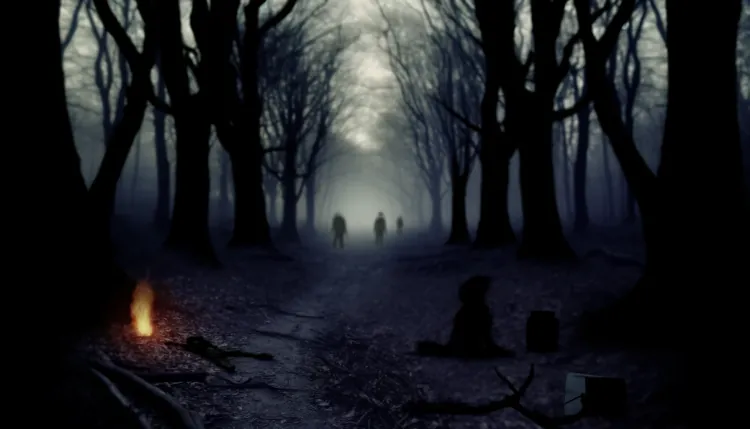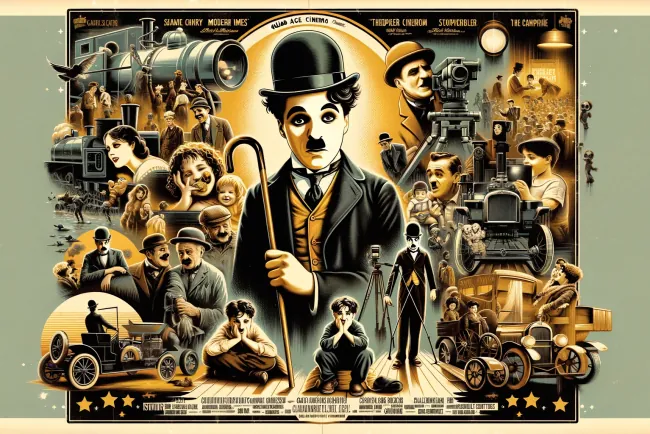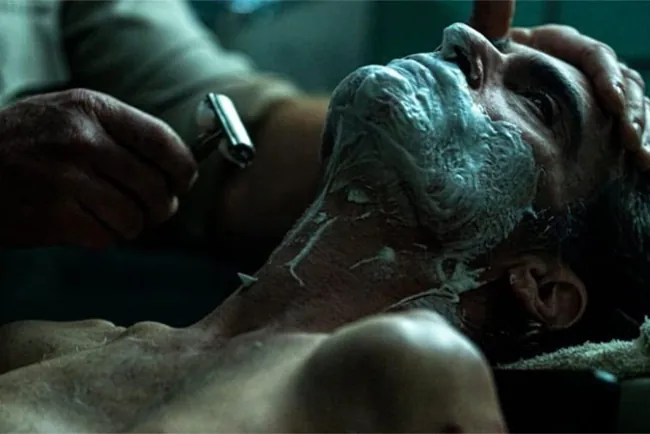Crafting the Perfect Psychological Horror Atmosphere
Discover the art of crafting a psychological horror atmosphere with storytelling techniques, character development, and subtle pacing that evoke primal fear and build tension

Creating a psychological horror atmosphere involves more than just gruesome visuals and chilling sound effects. It requires a careful blend of subtle storytelling, well-crafted characters, and an environment that can unsettle readers or viewers at their core. Here’s a closer look at how to craft this compelling atmosphere.

The Power of the Unknown
One of the cornerstones of psychological horror is the fear of the unknown. Instead of revealing everything right away, leave gaps in the narrative that let the audience’s imagination run wild. What isn’t shown can be far more terrifying than what is. For example, ambiguous sounds in the darkness or shadowy figures seen only peripherally can stir a sense of dread.
Isolation and Vulnerability
Isolating characters from the outside world plays into primal fears. It could be physical isolation, like a cabin in the woods or a spaceship in deep space, or emotional isolation, like grief or estrangement from society. This vulnerability is intensified by the surroundings, where the familiar becomes warped and unsettling.
Psychological Distortion
Crafting an atmosphere where characters’ perceptions and sense of reality are distorted is crucial. Introduce unreliable narrators, hallucinations, or even conflicting testimonies between characters. The audience should question what is real and whether the protagonist can trust their senses. This destabilization can build tension and suspense throughout the narrative.
Symbolism and Metaphors
Subtext adds layers to the horror. Using symbols and metaphors, authors can represent deep fears like guilt, loss, or trauma in an indirect manner that evokes emotional turmoil. A decaying house could symbolize the protagonist’s mental state, or a locked door could represent hidden secrets.
Pacing and Rhythm
The ebb and flow of tension is essential in keeping readers or viewers engaged. Sudden scares work best when surrounded by slower, quieter moments that give them time to process, anticipate, and dread what’s coming next. This rhythm plays with the audience’s expectations, making the atmosphere feel like a slow-brewing storm.
Character Development
A strong psychological horror atmosphere requires characters with depth, whose fears and motivations are laid bare. Their gradual descent into terror, madness, or moral compromise should feel believable and gripping, often leading the audience to empathize with their plight or feel troubled by their decisions.
Conclusion
A psychological horror atmosphere is built upon ambiguity, isolation, and a character's unraveling psyche. It's about planting seeds of dread in the audience's mind and cultivating them carefully throughout the narrative. By combining symbolism, distortion, and impeccable pacing, creators can craft a world where horror lies just beneath the surface, waiting to be uncovered.
What's Your Reaction?






















